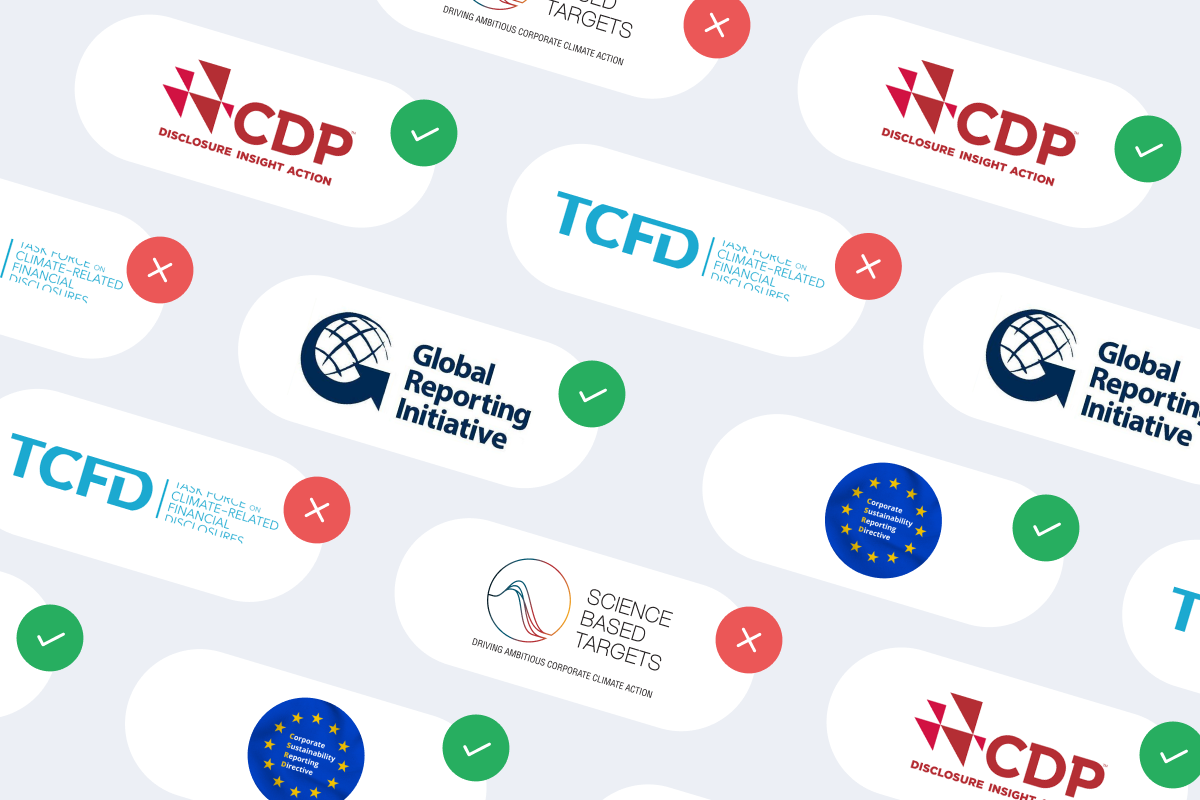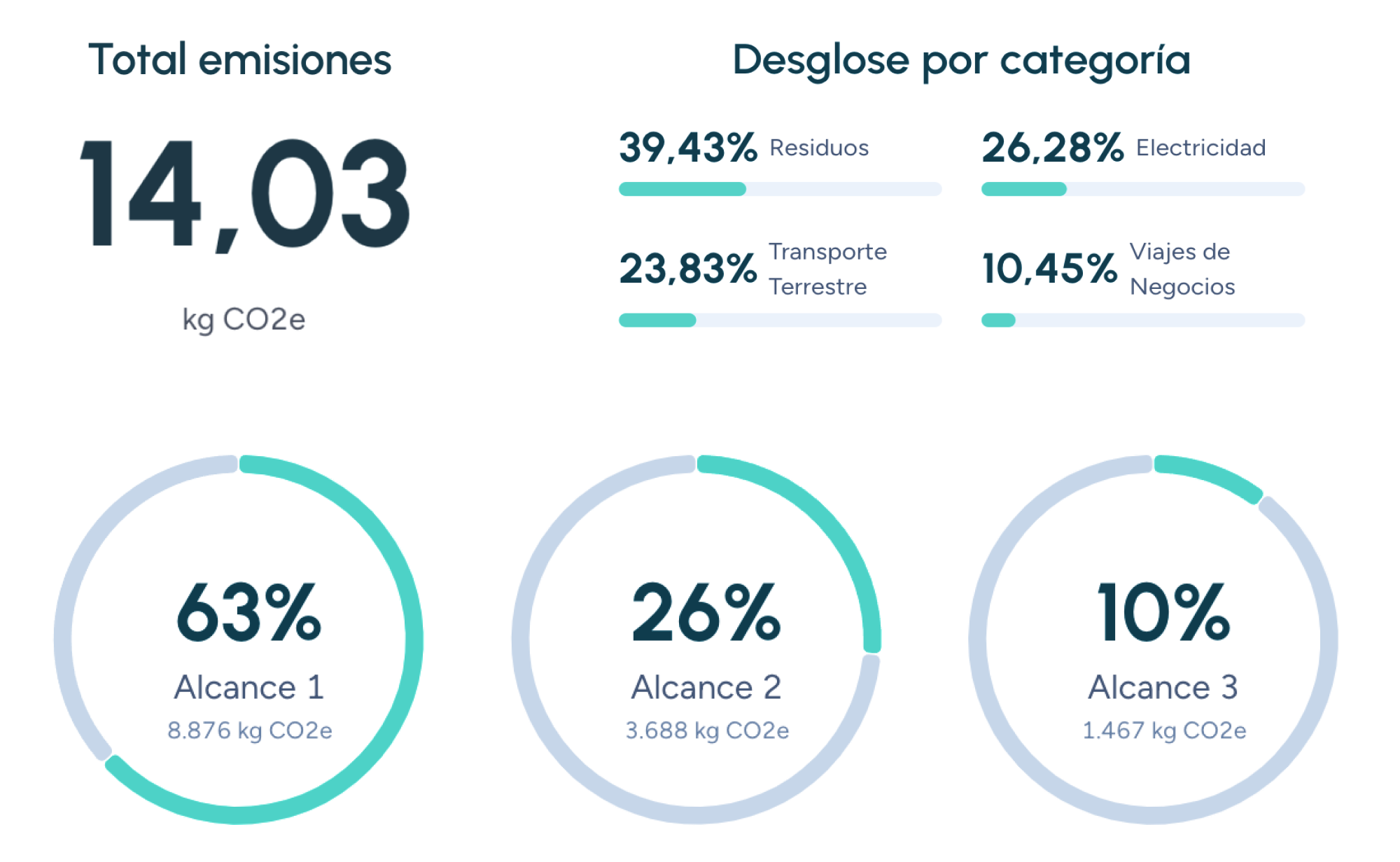Back to the blog
Corporate sustainability
Understanding EHS: Environmental, health & safety
Carolina Skarupa
Product Carbon Footprint Analyst
In the realm of corporate sustainability, acronyms abound: ESG, CSR, and now EHS. EHS stands for Environment, Health, and Safety. It’s a management discipline that focuses on preventing harm to employees, the public, and the environment. When aligned with broader sustainability goals, EHS can become a powerful framework for reducing risks, ensuring regulatory compliance, and fostering a culture of corporate responsibility.
This article explores the intersection of EHS and sustainability, why it matters, and how organizations can implement effective EHS programs.
Defining EHS
- Environment: strategies and protocols to minimize environmental impacts, such as reducing emissions, managing waste, and conserving resources.
- Health: measures to protect the well-being of employees and the surrounding community, including air quality, chemical handling, and ergonomics.
- Safety: ensuring workplace safety through hazard identification, risk assessment, and training, aiming to prevent accidents and injuries.
Why EHS is crucial for sustainability
- Risk management: EHS programs help identify and mitigate potential hazards, reducing the likelihood of costly accidents and lawsuits.
- Regulatory compliance: governments worldwide are tightening regulations around emissions, waste management, and occupational safety. EHS ensures adherence to these evolving standards.
- Stakeholder trust: investors, consumers, and communities increasingly expect transparency in environmental and social practices. A robust EHS strategy can enhance brand reputation and stakeholder confidence.
- Operational efficiency: healthier work environments often correlate with higher employee productivity and lower absenteeism.
Implementing an EHS program
- Assessment and gap analysis: start by reviewing current policies, workplace conditions, and environmental impacts.
- Set clear objectives: define measurable targets in areas like waste reduction, accident rates, and chemical usage.
- Training and culture building: conduct regular training sessions to educate employees on safety procedures and environmental best practices.
- Monitoring and reporting: use KPIs to track progress against goals, and communicate these results to stakeholders.
- Continuous improvement: regularly update your EHS framework to align with new regulations and stakeholder expectations.
EHS in different sectors
- Manufacturing: heavy machinery operations and chemical handling demand stringent safety measures and emission controls.
- Healthcare: infectious disease protocols and hazardous waste management are paramount.
- Technology: data centers consume vast amounts of energy, requiring both environmental and employee safety considerations.
- Construction: fall protection, equipment safety, and dust control are critical EHS components.
Integrating EHS into ESG strategies
EHS is closely related to ESG (Environmental, Social, and Governance) metrics. A strong EHS program can bolster a company’s ESG ratings by:
- Reducing environmental footprints: lower emissions and waste improve the “E” component of ESG.
- Protecting human capital: emphasizing workplace health and safety strengthens the “S” in ESG.
- Robust governance: transparent reporting and compliance reflect well on the “G” aspect.
Overcoming common EHS challenges
- Resource constraints: smaller companies might struggle with the financial and human resources needed for comprehensive EHS programs.
- Employee engagement: ensuring buy-in across all levels is key. Leadership support and clear communication can drive a positive safety culture.
- Global operations: multinational companies must adapt EHS strategies to comply with varied local regulations and cultural norms.
Why EHS and sustainability are a perfect match
EHS ensures the well-being of both people and the planet, aligning naturally with sustainability’s focus on long-term viability. Companies that invest in EHS not only reduce operational risks but also cultivate trust and loyalty among employees, communities, and investors. Additionally, maintaining high EHS standards often leads to innovations in resource efficiency, product design, and employee engagement.
EHS and corporate sustainability
EHS is more than just an acronym; it’s a critical component of corporate sustainability. By integrating Environment, Health, and Safety protocols into everyday operations, businesses can protect employees, reduce environmental impact, and earn stakeholder trust. An effective EHS program does more than tick compliance boxes—it sets the foundation for a sustainable, responsible, and future-proof organization.
Carolina Skarupa
Product Carbon Footprint Analyst
About the author
Graduated in Industrial Engineering and Management from the Karlsruhe Institute of Technology, with a master’s degree in Environmental Management and Conservation from the University of Cádiz. I'm a Product Carbon Footprint Analyst at Manglai, advising clients on measuring their carbon footprint. I specialize in developing programs aimed at the Sustainable Development Goals for companies. My commitment to environmental preservation is key to the implementation of action plans within the corporate sector.
Content
Companies that trust us

Implementing the GLEC Framework in Logistics: Emissions Calculation and Fleet Optimization
Discover how to apply the GLEC Framework to measure logistics emissions, comply with ISO 14083, and optimize fleets.
10 November, 2025
How to Communicate your Decarbonization Strategy and Avoid Greenwashing
Learn how to communicate your decarbonization strategy with transparency and verified data. Avoid greenwashing and build customer trust.
15 October, 2025
Transition Risk: What it means for Corporate Strategy
Learn how businesses can navigate transition risks related to climate policies and economic shifts.
14 May, 2025
Guiding businesses towards net-zero emissions through AI-driven solutions.
© 2026 Manglai. All rights reserved
Política de Privacidad


